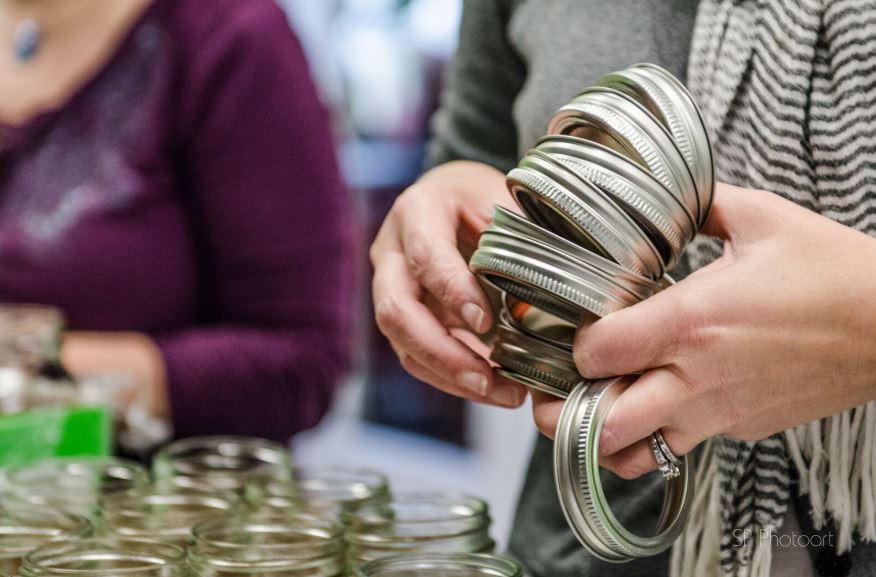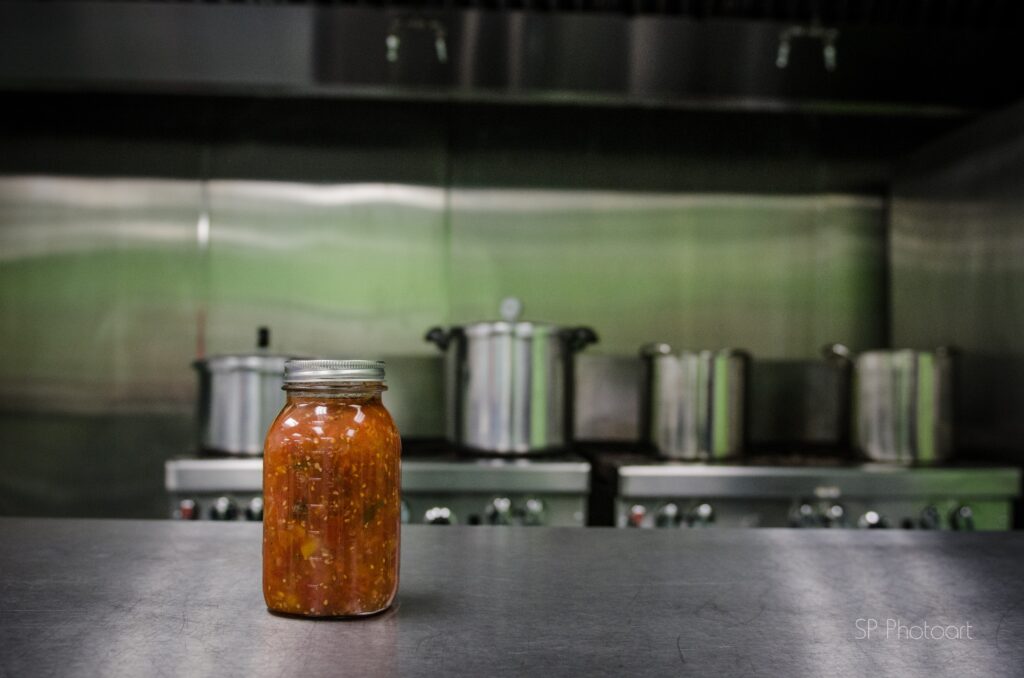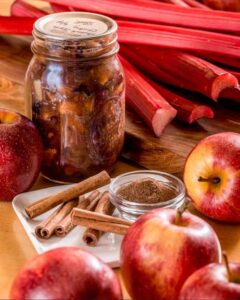Home canning, or jarring as they say in Europe, dates back to the Napoleon War era starting in 1803. Surprised? I love sharing the long-standing history of home canning and preserving food because so many do not realize canning wasn’t “invented in America” by way of the USDA.
The History of Water Bathing
Napoleon was losing the war on the front line because his men were without food and without food, his men couldn’t sustain. “An army marches on its stomach,” Napoleon famously said. His men were without food because by the time fresh foods made it to the front-line from their kingdom, the foods would be rotten and inedible leaving his men to pillage or purchase whatever the native country offered as a food source.

Napoleon put it to his people, through the Society for the Encouragement of Industry, whomever could find a way to preserve large quantities of foods to sustain their soldiers, this person would receive a 12,000 franc reward.
Nicholas Appert, a chef, confectioner and distiller, collected the prize in 1810, after he spent 14 years experimenting so he could learn how food cooked within a glass jar would not spoil unless exposed to oxygen. He developed a method of jar sealing and successfully preserved soups, fruits, vegetables, juices, dairy products, marmalades, jellies, and syrups. With his award money, he developed the first commercial cannery, the House of Appert, which operated from 1812 to 1833.
Fast forward 50 years. It was Louis Pasteur who discovered how time, temperature and acidic value played a vital role is protecting us from harmful microorganisms by outlining how to properly process foods. It was Pasteur who was able to prove why food spoils and why beer and wine sour due to microorganisms. He therefore invented pasteurization. Pasteurization destroys microorganisms by heating beverages and foods, then allowing them to cool. Simply put, boiling water destroys germs – a process still used to this day. It was here that thermal processing was born.

The History of Pressure Canning
The early pressure cooker, called a Digester, first appeared in 1679 invented by Denis Papin, a French-born physicist and mathematician. The cooker heats water to produce very hot steam which forces the temperature inside the pot as high as 266° F (130° C), significantly higher than the maximum heat possible. The higher temperature of a pressure cooker penetrates food quickly, reducing cooking time without diminishing vitamin and mineral content.
Papin’s invention was created using a large cast iron vessel with a tight-fitting lid that locked. Sadly, without valves and a means to release pressure, his invention became dangerous and often exploded. Learn more about Mr. Papin in any Encyclopedia Britannica.
In the United States, National Presto Industries, Inc. was founded in 1905 in Eau Claire, Wisconsin, where it designed and manufactured pressure canners (known at the time as “canner retorts”) for commercial canneries. The company, originally called Northwestern Steel and Iron Works, was a major producer of fifty-gallon capacity pressure canners. Subsequently, the company also began production of thirty-gallon canners for hotel use and soon thereafter developed ten-gallon models suitable for home canning. The company installed an aluminum foundry in 1915 for the specific purpose of manufacturing large-size pressure canners for home use.

The business rapidly grew when the U.S. Department of Agriculture determined in 1917 that pressure canning was the only safe method for canning low acid foods without the risk of food poisoning. Soon after, the company decided to cater exclusively to the needs of the home market, rather than commercial business. The company marketed its products under the trade name ”National” and became one of the largest manufacturers of cast aluminum cooking utensils in the world. To more closely identify with the now famous brand, in 1925 the company name changed to National Pressure Cooker Company. I am proud to say I own four tall 23-quart Presto pressure canners and two smaller versions.
In the 21st century we have expanded upon these discoveries. Advancements in technology allow us to get water, and air, hotter than boiling water temperature, known as pressure canning. This combined with standardized safety methods using time, temperature, acidic value and density give people across the globe the ability to preserve a sustainable food source for years.
Two Current Methods of Thermal Processing
Because of these discoveries throughout history, we are now able to preserve even more recipes than Napoleon ever thought possible. As an educator, I make it a point in each of my books to I cover both methods of thermal processing. Each recipe will indicate which method of thermal processing is required to safely preserve the food in jars. Many times, processing can be interchangeable. For instance, many water bath recipes, like salsa, can be processed in less time when you switch to pressure canning.
Water Bathing. The first method is water bathing. Foods high in acid (with a pH between 1.0 and 4.6), like strawberries or apples, can be processed in a water bath using the temperature of boiling water, 212º F/100ºC, to kill harmful microorganisms.
Pressure Canning. The second processing method is pressure canning. For all low, or no, acid foods (with a pH between 4.6 and 14.0), like root crops or meat, we must go up to 240ºF/116ºC or higher to kill harmful microorganisms.

It is the overall acidic pH value of the recipe and the food’s density that dictates how long the jars must process and at what temperature, therefore warranting the use of either a water bath canner or a pressure canner.
Learn how to safely preserve food in jars with The Canning Diva® as she shares the science and math of home canning. Visit her online at canningdiva.com and follow her @canningdiva on Facebook, Twitter, Instagram and YouTube for recipes, tips, tricks and videos.